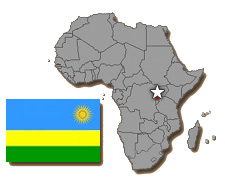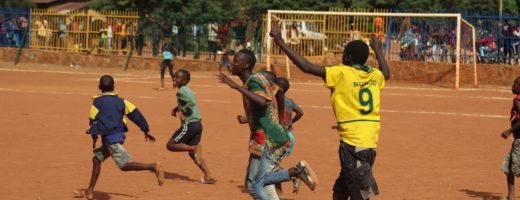Stigmatized and unwelcome, Rwanda’s leading lesbian ‘warriors’ battles uphill for small achievements against a rudely homophobic country–despite one of the century’s worst bloodbaths that resulted from tribal discrimination. The government does not appear to have learned its lesson from history. Note: since this story was written Naomi Ruzindana has emigrated to Sweden where she is
Rwanda is home to approximately 10.1 million people, one of the densest population in continental Africa. Most people engage in subsistence agriculture. It’s a verdant country of fertile and hilly terrain. The country has received considerable international attention due to its 1994 genocide, in which over one million people were killed. In 2008, Rwanda became the first country in history to elect a national legislature in which a majority of members are women. There is no mention of homosexuality in the statutes of Rwanda since homosexuals ‘don’t exist’ and have no legal standing. But laws are loosely interpreted by those in power, and anyone can be detained for an indefinite time without specific charges and LGBT people are harassed and persecuted. Some gay activists have to live outside the country.

Rwanda – Entry + Kigali City
Entering Rwanda overland from Uganda is fairly easy. The usual line of trucks wait for their customs clearance. The country is very rural and highly cultivated. Tea and coffee are grown everywhere. The capital of Kigali is set on several hills that allow panoramic views of the city and suburbs. The infamous ‘Hotel Rwanda’ (of
Rwanda – Kigali to Eastern Border
Kigali, the capital, is built on several hills that offer panoramic views of the city and suburbs. The parliament building is still under repair from bullet and rocket fire (photos 5 and 6) during the civil war carnage in 1994. Photos 10 to 15 show how the very few elite live in big houses on

